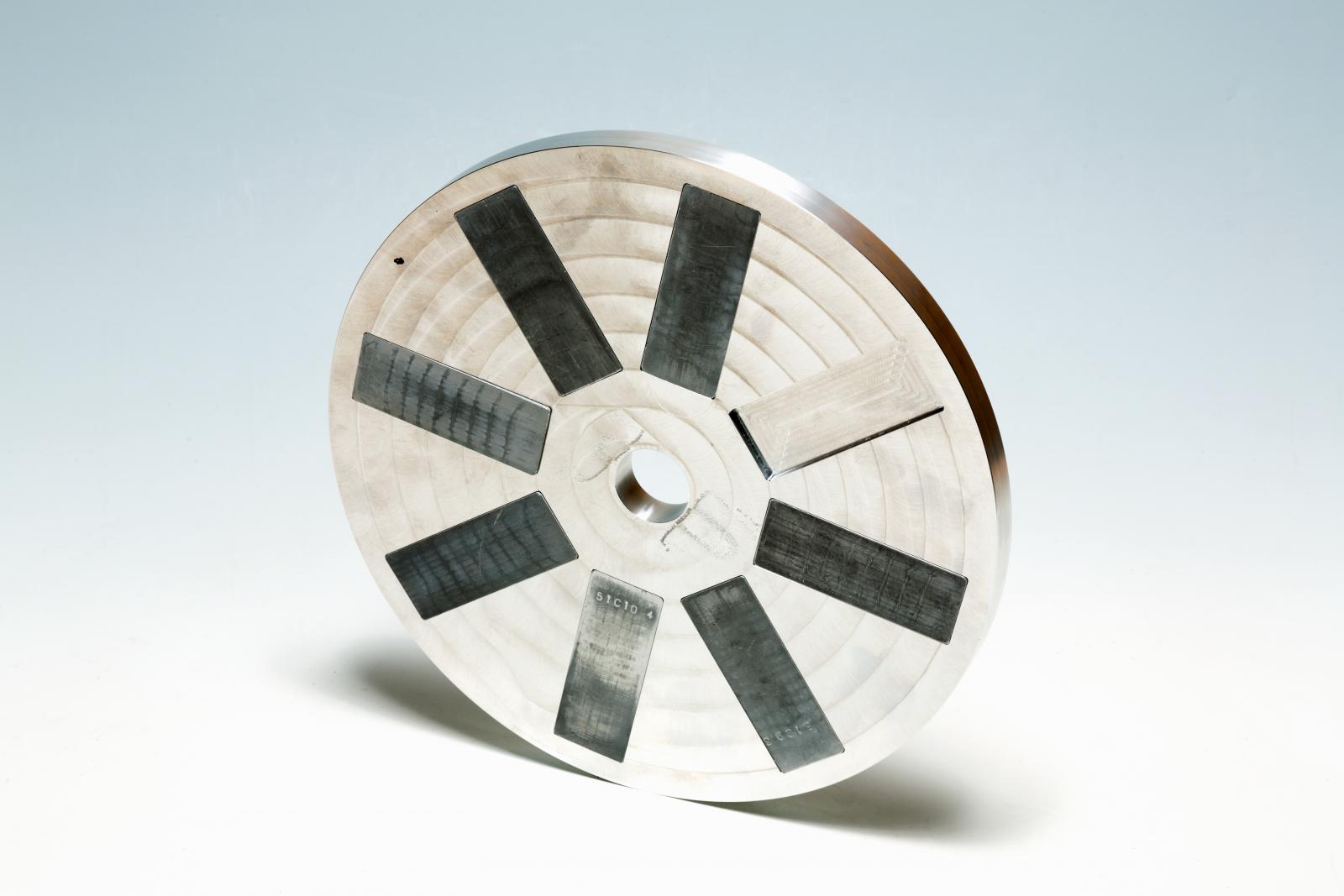
Aluminium matrix composite can slash the weight of electric motor rotors by 40% – paving the way for more efficient electric vehicles.
According to research from the Innovate UK ‘Make it Lighter with Less’ R&D competition, engineers seeking to significantly improve the efficiency and performance of electric motors could benefit from using aluminium matrix composites (AMCs).
The project, led by Alvant, in collaboration with GE Aviation, YASA Motors and the National Composites Centre, achieved a 40% rotor weight saving on an axial flux electric motor while increasing the rotor’s power-to-inertia ratio potential. In addition, the number of assembly line parts was reduced which can result in a shorter assembly time.
As electrification increases, vehicle manufacturers are seeking to optimise motor efficiency maps, for example by improving the efficiency as a function of torque and speed that ultimately determines the energy consumption for vehicles. The industry faces the challenge of identifying ways to improve efficiency and performance, whilst simplifying manufacturing and overall cost.
Alvant’s proprietary AMCs enable components to be optimised for strength-to-weight and stiffness-to-weight ratio precisely where they are needed, even within a single continuous product. Alvant’s unique, proprietary Advanced Liquid Pressure Forming (ALPF) method can selectively reinforce areas of a component with one of its performance materials in a near net shape manufacturing approach, or alternatively Alvant’s materials can be applied as discrete inserts into a component allowing for cost efficiency where an array of similar inserts are the solution.
By adopting AMCs in rotor design, Alvant was able to realise further benefits. In an axial flux electric motor application, suitable for passenger cars, Alvant’s technology can not only save weight; the component’s lower mass and reduction in force means engineers may be able to eliminate the number of fixing bolts required, reducing the bill of materials and assembly time.
“Using AMCs, we have been able to attack the weight yet retain the stiffness of the electric rotor, to minimise parasitic mass, improving the power-to-inertia ratio and therefore efficiency and responsiveness,” says Richard Thompson, commercial director of Alvant. “In addition, we can also offer better thermal resistance, up to 300°C, making AMCs a more suitable material than polymer composites for applications such as motors, batteries, energy recovery systems, fans and flywheels.”
In addition to the manufacturing and in-service gains, Alvant’s AMC is more sustainable, thanks to the ability to separate the fibres from the aluminium at the end-of-life stage. “Designers must increasingly factor ‘whole life cost’ into design and it’s an area where AMCs score well,” adds Richard Thompson.
Whilst the Innovate UK/YASA project focussed on a passenger car rotor, Alvant’s own research programmes demonstrate the gains to be made by adopting AMCs across multiple high stress or high temperature applications in sectors such as aerospace, automotive, defence, consumer goods and sporting equipment.